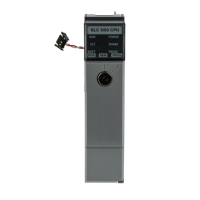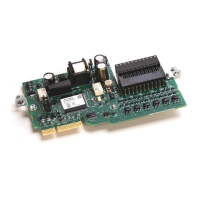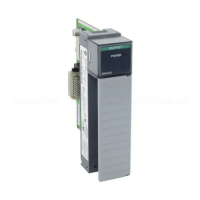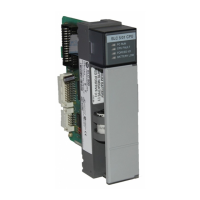Publication 1747-RM001G-EN-P - November 2008
Understanding Interrupt Routines 11-17
Selectable Timed Start
(STS)
Use the STS instruction to condition the start of the STI timer upon entering
the REM Run mode - rather than starting automatically. You can also use it to
set up or change the file number or setpoint/frequency of the STI routine that
is executed when the STI timer expires.
This instruction is not required to configure a basic STI interrupt application.
The STS instruction requires you to enter two parameters, the STI file number
and the STI setpoint. Upon a true execution of the rung, this instruction enters
the file number and setpoint in the status file (S:31, S:30), overwriting the
existing data. At the same time, the STI timer is reset and begins timing; at
timeout, the STI subroutine execution occurs. When the rung goes false, the
STI function remains enabled at the setpoint and file number you’ve entered in
the STS instruction.
STI Example 3
0000
S:1
15
First
Pass
STE
Selectable Timed Enable
STE
0001
B3:0
0
Any Bit
B3:2
0
Any Bit
0002
B3:0
1
Any Bit
B3:2
0
Any Bit
0003
STD
Selectable Timed Disable
STD
0004
B3:0
2
Any Bit
B3:1
2
Any Bit
B3:2
0
Any Bit
0005
B3:0
3
Any Bit
B3:2
0
Any Bit
0006
STE
Selectable Timed Enable
STE
0007
B3:0
4
Any Bit
B3:2
0
Any Bit
0008
B3:0
5
Any Bit
B3:2
0
Any Bit
0009
END
The following program will demonstrate a STE and a STD.
STI interrupt execution does not
occur between STD and STE.
Program File 3
STS
Selectable Timed Start
File
Time
STS
Fixed SLC
5/01
SLC
5/02
SLC
5/03
SLC
5/04
SLC
5/05
••••
TIP
SLC 5/03 and higher processors: The STS instruction uses
the setting of the STI resolution bit S:2/10 to determine the
timebase to be used upon STS instruction execution.
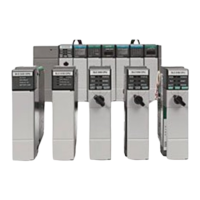
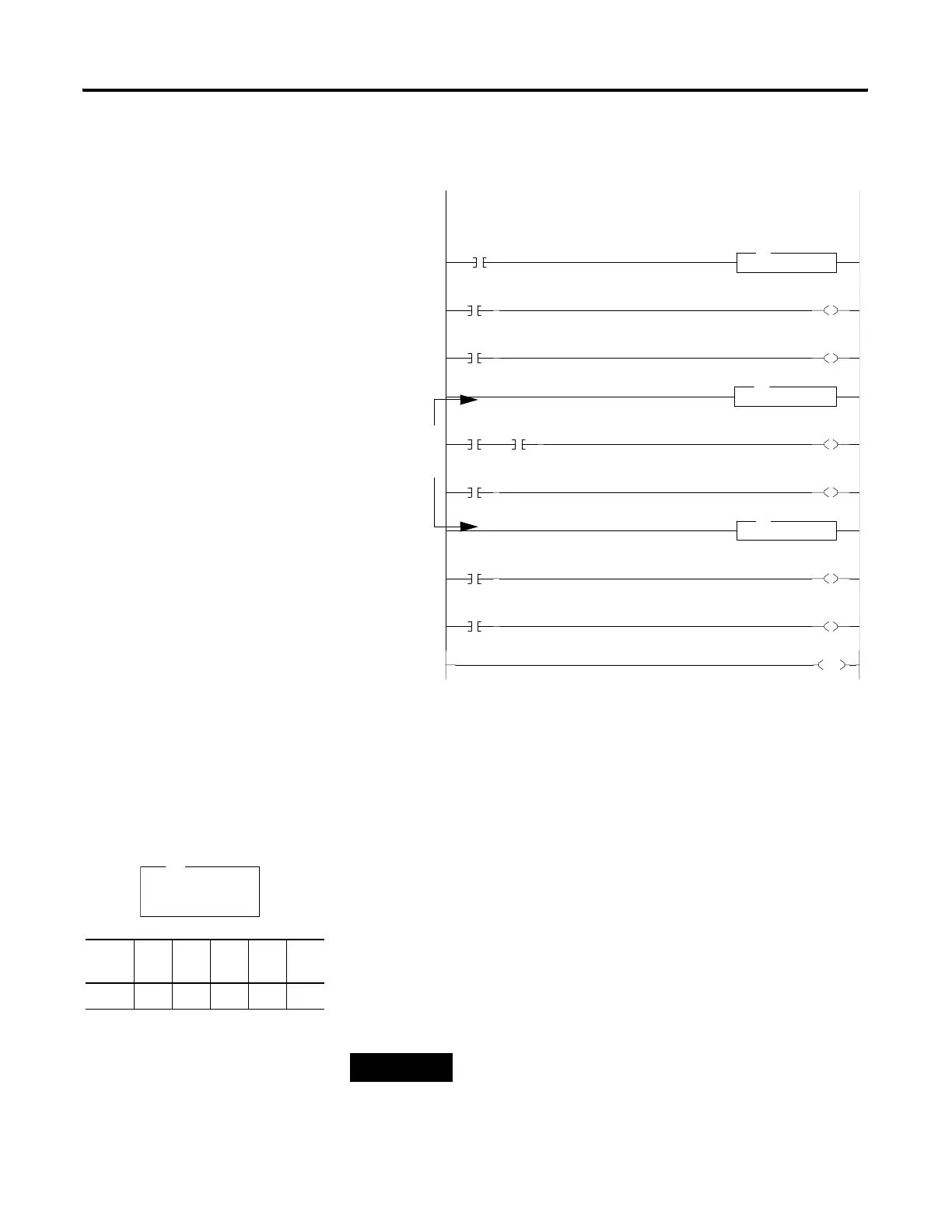